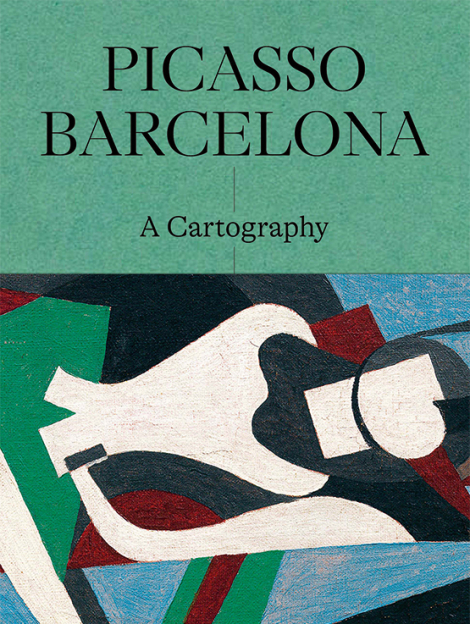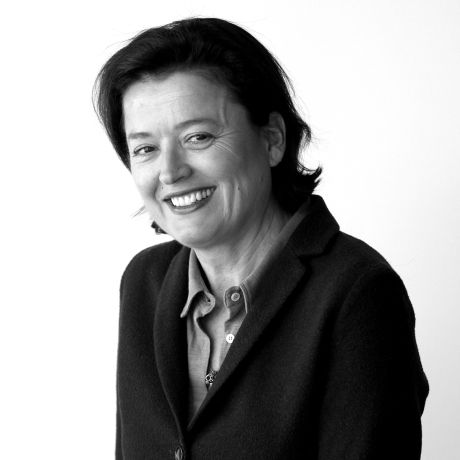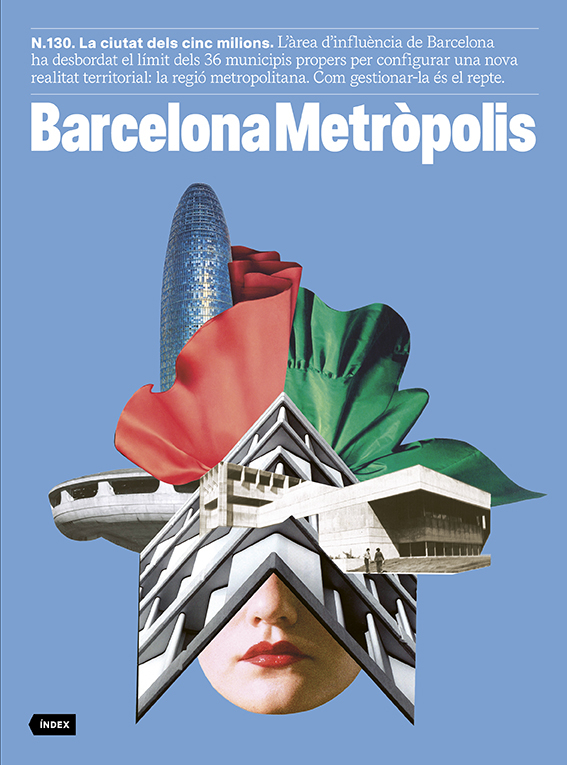Barcelona, as seen by Picasso
- Books
- Culture Folder
- Apr 24
- 4 mins

Here was “where it all began… Where I realised my potential”, Picasso confessed about Barcelona, the city he arrived in aboard a freighter called the Cabo Roca in 1895. Departing from Málaga eight days earlier, the entire family was on board. Almost 14 years old, the precocious teenager known as Pablo Ruiz found himself immersed in the vibrant and creative energy of youth as he wandered the streets of a city that both dazzled him and revealed the essence of modernity to him.
In Barcelona, he experienced his first wild parties with friends – the first to recognise his talent and introduce him to the pleasures hidden in the brothels –; where he found solace in his first studio, a space for creation and freedom, on the street called Carrer de la Plata. From its balcony, he tossed small stones at passersby alongside his friend Manuel Pallarès; it was here he found his first love and earned the opportunity for his debut solo exhibition at Els Quatre Gats. Nine years later, at 22, he departed for Paris and returned only sporadically, usually to visit his mother and sister Lola, given his staunch opposition to Franco’s regime. Yet, his emotional bond with the city remained unbroken. In 1970, aged 69, he donated 1,000 works to its museum, the sole institution established during the artist’s lifetime at his own behest.
Picasso’s relationship with Barcelona has been recounted many times and from various angles, yet perhaps none have captured its essence with the vividness, boldness and meticulousness found in Claustre Rafart Planas’s Picasso Barcelona. Una cartografia [Picasso Barcelona: A Cartography]. This illustrated volume, meticulously curated through a collaboration between the Museu Picasso, the Barcelona City Council and the publishing house Editorial Tenov, not only explores the artist’s biography but also serves as a guide to a bygone era of the city.
The book traces the steps of the young Pablo through 134 sites intertwined with his biography.
Rafart, who authored Els paisatges de la Barcelona de Picasso [The Landscapes of Picasso’s Barcelona] (Editorial Meteora, 2007), beckons us to delve into the Barcelona of the turn of the century through the lens of Picasso. She invites us to shadow him in his daily life, exploring the places he frequented or those that held significance in his life and art. We are invited to trace the steps of the young Pablo through 134 sites intertwined with his biography, pausing at each one to uncover intriguing anecdotes and tales.
Experiences and emotions
Within its pages, we witness the artist immersed in his diverse workshops, participating in classes at the Llotja or attending film screenings at the Cinematógrafo Napoleón, enjoying a beer at the Café de Viena in the heart of the Eixample neighbourhood and delighting in performances at the Circo Ecuestre del Tívoli. It was here, at just 15 years old, that he exuded his magnetic charm, winning over the circus’s leading star, the equestrian Rosita del Oro, who became his first love. Their intermittent relationship endured until his departure to Paris in 1900.

Following in Picasso’s footsteps, the author conjures up a bygone Barcelona where the artist mingles among bullfighting enthusiasts who often attend El Torín square in Barceloneta, often accompanied by his father, José, who introduced him to the world of bullfighting at La Malagueta during his childhood. This is the Barcelona of Montjuïc’s beloved picnic spots, where he often visited with the Reventós brothers, Ramon y Cinto, indulging in mussels and wine poured from a porró [Spanish wine pitcher with a long neck and tapered spout] at La Musclera, an establishment situated along the ascent to Miramar. It’s also the Barcelona of the Edén Concert, home to the Bella Chelito cabaret, next to his studio, described by Josep Maria de Sagarra in his Memòries [Memoirs] as “the sole forbidden establishment mentioned in hushed conversations (…) when insinuating that a distinguished man was a lost cause, it sufficed to say he had been seen at the Edén, requiring no further explanation”. Lastly, it’s the Barcelona of the brothels lining the street Carrer del Conde del Asalto where he met Carlota Valdivia, a one-eyed madame immortalised as La Celestina in 1904.
From Tibidabo to the Poblenou cemetery or the Anís del Mono factory in Badalona, the commemorative work marking the 50th anniversary of the artist’s death and the 60th anniversary of the creation of his museum in Barcelona dares to venture off the well-trodden paths of Picasso-themed routes. Undoubtedly, it is one of the notable contributions that the Picasso Year will leave us.
Picasso Barcelona. A Cartography
Claustre Rafart Planas
Museu Picasso
Barcelona City Council
Editorial Tenov, 2023
256 pages
The newsletter
Subscribe to our newsletter to keep up to date with Barcelona Metròpolis' new developments




